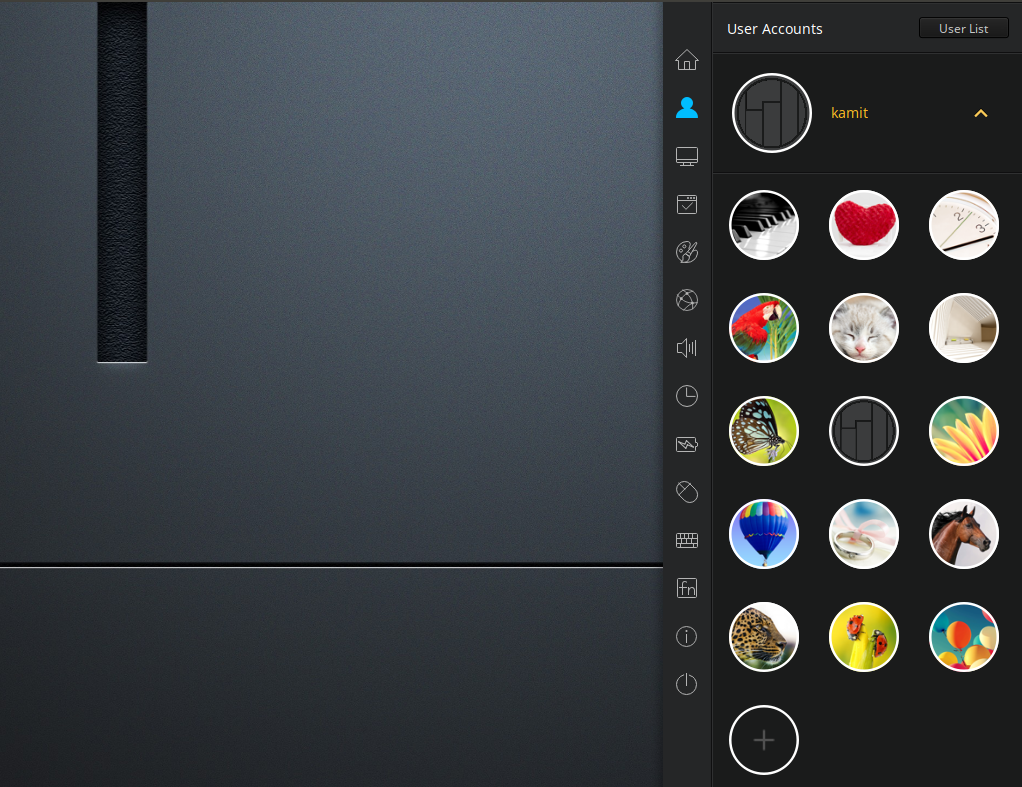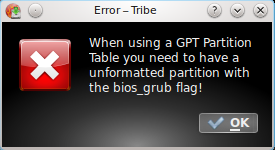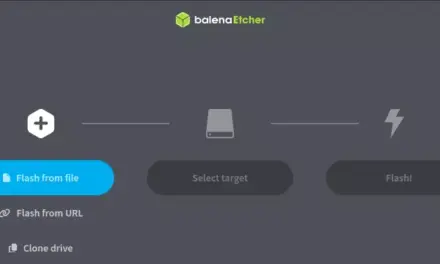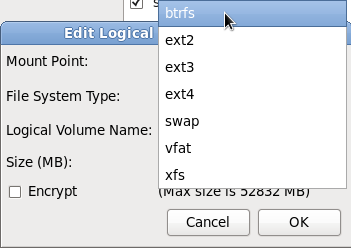The quest for perfection is an endless one. Like the quest for freedom (material or spiritual), there is always one more step. It is just the nature of things in the physical universe. The best we can do is keep trying. And that is exactly what I have been doing with regards to the free operating systems that power my (desktop) computers.
There was a time when distro-hopping was fun, but for me, it has since lost its shine. Now, I just want to stick with one desktop distribution. But I do not want to stick with just any one. It has to be perfect.
My idea of a perfect desktop distribution is one that has all the features that add value and enhance the user-experience. Features we expected to have on any modern desktop operating system. By a “perfect desktop distribution,” I am looking at this not from the perspective of experienced users, but from that of new users, those who are not completely familiar with the innards of a Linux, BSD or other UNIX-like operating system, and who do not necessarily want to, or need to.
In two previous articles published almost one year apart, one in 2009 and the other in 2010, I made a list of features I would like my (a) perfect desktop distribution to have. While I still hold onto those features, I have added one more, and my take on the other features has changed slightly.
So, in this article, I present anew, the features I think a perfect desktop distribution should have. They are:
1. A Graphical Installer – A graphical installation program is the first real opportunity a distro developer has to get his foot, so to speak, in a potential new user’s door. The less that potential user is required to get his/her hands dirty to install the system, the further that distro developer’s foot gets into the proverbial door. Think point-and-clicky, and you get a pretty good picture of the type of installation program I have in mind.
But being mouse-friendly is not enough. A good installer has to be feature-rich, too. By that, I am referring to those features that, after installation, add value to the system and make the user’s computing less of a hassle. The features that come to mind are LVM, the Linux Logical Volume Manager, disk encryption, and boot loader password protection. The last two add value to the system in that they have a positive impact on the physical security profile of the system. LVM makes managing disks and disk space a lot easier.
Sadly, some of the most popular distributions lack support for these features, and those tend to be distributions through which new users get introduced to Linux. As a result, many are not familiar with and are not aware of the benefits of these features. What could we do to help the situation? Let your distribution’s developer(s) know why you need those features.
2. Installed Applications – This area is no longer a problem, at least on the most popular distributions. But there was a time when distro developers, in terms of installed applications, threw the kitchen sink at us. But they learned. Now, we mostly get one installed application per computing task, with the result that the menus look cleaner and less intimidating. So, thumbs up for our distro developers.
But there are still situations when certain applications that almost every user needs, are not installed, even though they are available in the repository. Those applications tend to be non-free, but my argument is this: by hosting a non-free application in your repository, you are already distributing, so when not take the extra step and save your users time and effort.
3. Graphical Package Manager – Power users find it easy to manage applications from the command line, but do we really expect grandma and grandpa to do the same thing? I do not think so. But this is another area where some of the most popular distributions, especially Linux distributions, have exceeded expectations. Now, we have graphical application managers like Ubuntu‘s Software Center, Linux Mint‘s Software Manager, Mandriva‘s/ROSA‘s package manager, and the Deepin Software Center of Linux Deepin. They all have a minor issue or two, but overall, offer a very user-friendly interface that anybody can use to manage applications. Another thumbs up for our distro developers.
4. A Good Security Posture – In this era of ultra-connected computers, when a bad packet might be headed your direction at any time, a good security posture is just as important as a fancy graphical package manager or a point-and-click installer. In my world, a perfect (desktop) distribution should have a security posture that takes network and physical security threats into account. Many of the most popular distributions do not fare particularly well in this area.
For me, a perfect desktop distribution should have a firewall running and configured out of the box. There is a good reason for that stance. An application-level firewall that will take care of business without getting in your way is in order too. Those should take care of the network security angle. The physical security end should have been taken care of by a perfect installation program.
5. Graphical Management Applications – Simple, but feature-rich and intuitive-to-use graphical management applications make for that perfect desktop distribution. And what immediately comes to mind are those available on Mandriva, Mageia and ROSA Desktop
6. It Better Be Rolling – I have reached the stage where reinstalling the operating system on my computer has become a bore. Would be really nice if all it takes to upgrade a distribution to the latest release is applying available updates and upgrading the kernel. You know the type of distribution I have in mind. They are called rolling and half-rolling or semi-rolling distributions. If all the other conditions are met, this would be the icing on the cake. Although not my favorite distribution, I tried Sabayon, a multi-purpose, hybrid distribution with this feature, and it worked as advertised. Would it not be awesome if all distributions where just like that.
Currently, no distribution that I am aware of has all these features. A few come close, but fall short in one very important aspect or the other. I had high hopes for Chakra, but the developers seem to have a definition for what a user-friendly distribution is that I do not agree with. Ubuntu could be a good candidate, but the installer and Unity make it a no-go for me. Linux Mint has good potential, but security and a good installation program do not seem to be top priority for the developers. Mandriva and ROSA Desktop, especially ROSA Desktop, could very easily be that perfect desktop distribution, if not for the installer’s partial support for disk encryption.
And so the search continues.








and in the end which system is the best? wihich one should i take as a newbie?
It all depends on what your computing needs are. Give us an idea of what you do on your computer, so we can give suggestions to match.
… and what about centos/scientific linux or the new pc-bsd? i think these are good candidates for beeing perfect, especially after a little modification.
I just can’t understand what the appeal is with Unity. Is it too much to ask for Gnome 2 to be the default interface for Ubuntu? Let the Unity advocates have it as the back up desktop.
For production, I’ll only use my heavily customized Debian Squeeze + KDE4. Literally bug-free.
Diogenes, where is your lantern? What you are looking for doesn’t exist. Like beauty, it is always in the eye of the beholder. For me it’s PCLinuxOS. But like the old saying goes YMMV.
it has to be perfect, huh? like what else in your life or about you?
as we all know, if you have unrealistic expectations you will search forever. but i’ll say this for that headline, it’s click-bait without being vulgar click-bait. well done on that front.
all that said, i actually have found my perfect distro, it’s debian stable built from core, added X, and a WM, and so on. why is it perfect *for me*? it’s stable and versatile, i have all i need to do my job and without any nasty, distracting surprises related to the system’s stability and/or security. as somebody traumatized by years working in windows, stability, safety, freedom still amaze me and still to this day make me feel privileged to be running linux.
My newly found, close to perfect setup, is
Debian Testing (Wheezy), with
– Awesome Window Manager
– despotify for Spotify
– ownCloud/getFreeCloud for (webDAV) cloud syncing
It’s perfect in a lean, functional way, which is my priority (but probably not according to the author’s definition :D)
At the current state of affairs, the perfect distribution is the one you customize yourself. So, more (digital) grease to your elbow.
True, well put! 🙂
I am using OpenSUSE, with the “Tumbleweed” repositories, which provide a “rolling release”; maybe this is what you need?
I’ll second Mageia. I followed the Mandriva developers when they left.
What about Linux Mint Debian Edition?
I believe it meets all of your specifications.
Like Linux Mint, LMDE’s installer is a major weakness. You can read my review of LMDE here and here.
LMDE unfortunately doesn’t have KDE edition. Or sometimes KDE is too old (4.6 or 4.7) when you installed it on LMDE Xfce or Mate/Cinnamon.
I’ve been using Debian on the desktop for a long time, but it boots into text first rather than graphical install mode, and I use dselect for updating and software installing, and I’m so comfortable with it that I don’t even know if a “graphical” package manager exists.
Why are there so many distributions? Because people are different.
On Charkra since December 11′, no issue at all, no bugs, just some tips to learn.
I believe that every one of your criteria is satisfied by Xubuntu 12.04.
OpenSuse. Fairly easy to use, graphical tools (YaST), epic installer, firewall, decent repos, rolling (via tumbleweed), good looking.
That said, I use Slackware.
OpenSuse is awesome. A champion in all categories.
I’m with Mageia for 6 months now. So far so good.
Mageia shares the same installer with Mandriva and ROSA, so they all have the same issues in terms of disk encryption.